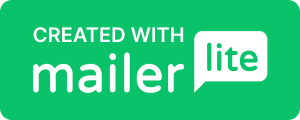
🧭 The Word Order for Time and Place in Chinese
Where do “yesterday” and “at home” go in a Chinese sentence? Learn the simple rule to master time and place word order — and avoid sounding awkward.
Continue reading
📝 How to use 了 (le) to talk about past actions in Chinese
Learn how to use 了 (le) to talk about past actions in Chinese. This beginner-friendly post explains how 了 works, with simple examples and common mistakes to avoid.
Continue reading
📝 How to Use 吗 (ma) in Chinese to Ask Questions Clearly
Learn how to use the question particle 吗 (ma) in Chinese. This tiny word turns any sentence into a yes-no question — no word order changes needed!
Continue reading
📝 How to Use 吧 (ba) in Chinese for Suggestions and Polite Sentences
Learn how to use 吧 (ba) in Chinese to sound more polite and natural when making suggestions, soft questions, and polite requests. Clear examples and easy practice inside.
Continue reading
How to Use the Word for “Not” in Chinese: 不 (bù)
Learn how to use the negative word 不 (bù) in Chinese to say “no” or “not.” This guide shows you how to build clear negative sentences with 不 (bù), through examples and practice.
Continue reading
How to Say “Not” in Chinese: Using 不是 (bú shì)
Learn how to say “not” in Chinese using 不是 (bú shì). This simple and clear guide shows you how to build negative sentences in Chinese through examples and practice.
Continue reading
📝 How to Use 是 (shì) for “To Be” in Chinese
Learn how to use 是 (shì) for “to be” in Chinese. This simple guide shows you how to build clear sentences like “I am a teacher” using this essential grammar point.
Continue reading
📝 How to Build a Chinese Sentence: Subject + Verb + Object
Learn the most important Chinese sentence structure: Subject + Verb + Object. This clear, step-by-step guide shows you how to build simple, natural sentences in Chinese with ease.
Continue reading